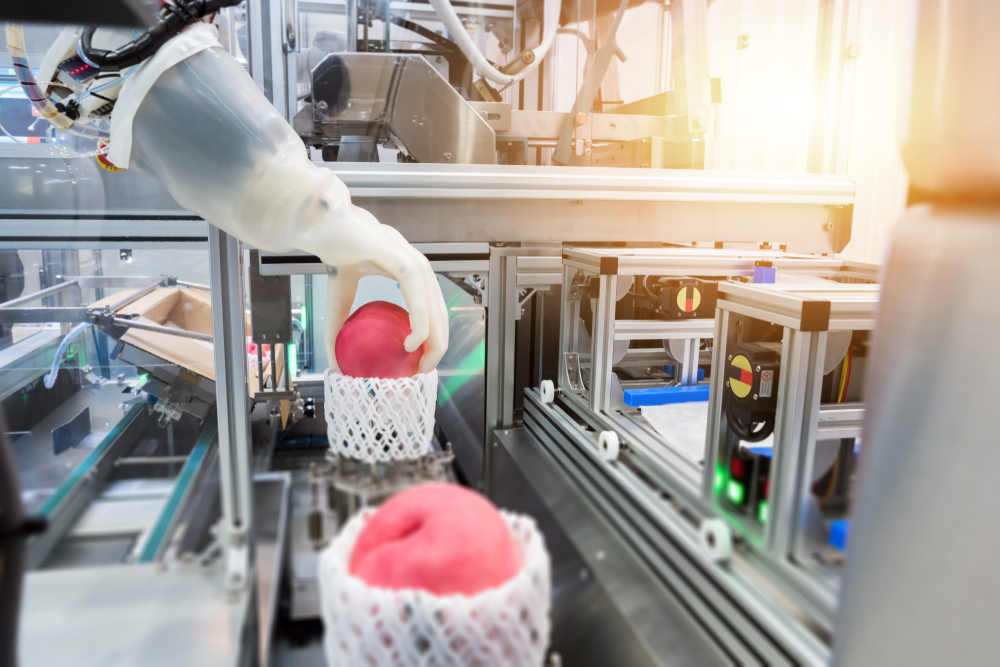Adaptive Manufacturing: Redefining Production Flexibility
The convergence of advanced technologies and innovative production methodologies is ushering in a new era of manufacturing agility. Adaptive manufacturing, a paradigm that emphasizes real-time responsiveness and customization, is transforming how industries approach production. This revolutionary concept is reshaping factory floors, supply chains, and customer expectations, promising to deliver unprecedented levels of efficiency and personalization.

The Genesis of Adaptive Manufacturing
Adaptive manufacturing didn’t emerge overnight. Its roots can be traced back to the early concepts of flexible manufacturing systems (FMS) developed in the 1960s. These initial systems aimed to increase variety in production without lengthy changeovers. However, they were limited by the technology of their time and often proved costly and complex to implement.
As computer-integrated manufacturing (CIM) gained traction in the 1980s, the groundwork for more responsive production systems was laid. The advent of programmable logic controllers (PLCs) and industrial robots further enhanced manufacturing flexibility. Yet, it wasn’t until the dawn of the 21st century, with the proliferation of advanced sensors, big data analytics, and machine learning algorithms, that truly adaptive manufacturing became feasible.
Key Components of Adaptive Manufacturing
At its core, adaptive manufacturing relies on several key technologies and methodologies:
-
Advanced Sensors and IoT Devices: These tools provide real-time data on machine performance, product quality, and production flow.
-
Big Data Analytics: Sophisticated algorithms process vast amounts of data to identify patterns, predict issues, and optimize processes.
-
Artificial Intelligence and Machine Learning: These technologies enable systems to learn from data, make decisions, and continuously improve operations.
-
Modular Production Lines: Easily reconfigurable equipment allows for quick changes in product specifications or production volumes.
-
Digital Twins: Virtual representations of physical assets and processes facilitate simulation and optimization before implementation.
The Impact on Production Efficiency
Adaptive manufacturing is revolutionizing production efficiency in several ways:
-
Reduced Changeover Times: With modular equipment and AI-driven process optimization, switching between different product lines becomes seamless.
-
Minimized Downtime: Predictive maintenance powered by real-time data analysis helps prevent unexpected breakdowns.
-
Optimized Resource Utilization: AI algorithms can adjust resource allocation based on current demand and production needs.
-
Enhanced Quality Control: Advanced sensors and machine learning models can detect and correct quality issues in real-time.
-
Improved Energy Efficiency: Adaptive systems can optimize energy consumption based on production requirements and environmental factors.
Customization at Scale
One of the most significant advantages of adaptive manufacturing is its ability to deliver mass customization without sacrificing efficiency. Traditional manufacturing methods often struggle to balance customization with economies of scale. Adaptive manufacturing bridges this gap by:
-
Enabling Product Variability: Modular production lines can easily accommodate different product specifications.
-
Facilitating Late-Stage Customization: Products can be personalized at later stages of production, reducing inventory and lead times.
-
Supporting On-Demand Production: Manufacturers can produce items as needed, reducing waste and inventory costs.
-
Enabling Rapid Prototyping: New product ideas can be quickly tested and iterated upon.
Challenges and Considerations
While adaptive manufacturing offers numerous benefits, its implementation is not without challenges:
-
High Initial Investment: The technologies required for adaptive manufacturing can be costly to implement.
-
Skill Gap: The workforce needs to be upskilled to operate and maintain advanced systems.
-
Data Security: With increased connectivity comes greater cybersecurity risks.
-
Integration Complexity: Existing legacy systems may be difficult to integrate with new adaptive technologies.
-
Regulatory Compliance: Rapidly changing production processes must still adhere to industry regulations and standards.
Adaptive Manufacturing: Practical Insights
-
Start small: Begin by implementing adaptive technologies in one production line or process before scaling up.
-
Prioritize data collection: Invest in robust data collection systems to fuel your adaptive manufacturing initiatives.
-
Foster a culture of continuous learning: Encourage employees to embrace new technologies and methodologies.
-
Collaborate with technology partners: Work with experienced vendors to tailor adaptive solutions to your specific needs.
-
Focus on customer-centric innovation: Use adaptive manufacturing to respond more effectively to changing customer demands.
-
Regularly assess and update: Continuously evaluate your adaptive manufacturing strategy and make adjustments as needed.
As industries continue to evolve, adaptive manufacturing stands poised to play a pivotal role in shaping the future of production. By embracing this innovative approach, businesses can enhance their agility, improve efficiency, and deliver unprecedented levels of customization. While challenges remain, the potential benefits of adaptive manufacturing make it a compelling strategy for companies looking to thrive in an increasingly dynamic and competitive global marketplace.





